Solar energy is used most in Turkey in the Mediterranean, Southeastern Anatolia, and Central Anatolia regions. Thanks to the high annual sunshine duration in these areas, solar energy systems are widely preferred in both residences and industrial facilities. Cities such as Antalya, Mersin, Şanlıurfa, Gaziantep, and Konya stand out in terms of solar energy potential.
Because solar irradiation can be received consistently throughout the year in these cities, the installed systems operate more efficiently and payback periods are shorter. There is also active use in many areas such as agricultural irrigation, production facilities, and large-scale PV power plant (GES) projects. This situation directs investors to these regions in terms of energy independence and cost advantages.
Investment preferences depend not only on sunshine duration but also on incentives from local authorities and infrastructure opportunities. Awareness of this issue is higher in the southern provinces, and local people are more receptive to system installations. In this way, strong demand arises for both individual users and commercial enterprises.
Regions Standing Out in Solar Energy Use in Turkey
The regions that stand out in solar energy use in Turkey are geographies that are advantageous in terms of annual sunshine duration and irradiation intensity. Especially the cities in the southern parts are preferred for both individual users and large-scale energy projects because the number of sunny days is high throughout the year. The number of solar power plants in these regions is increasing rapidly, and they are actively used in many fields from agricultural irrigation to industry.
Main regions and cities that stand out in solar energy use:
- Mediterranean Region: Antalya, Mersin, Adana
- Southeastern Anatolia Region: Şanlıurfa, Gaziantep, Diyarbakır
- Central Anatolia Region: Konya, Karaman, Kayseri
- Aegean Region: Denizli, Aydın, Manisa
- Eastern Anatolia Region: Malatya, Elazığ
The solar energy systems installed in these cities shorten the payback period thanks to high efficiency rates. In addition, regional incentives attract investors to these areas. The prominence of these cities in both rooftop systems and ground-mounted GES projects is no coincidence; it is entirely a result of climatic and economic conditions. When Turkey’s solar energy map is examined, these regions clearly come to the fore.
Cities with the Highest Energy Efficiency by Sunshine Duration
The cities with the highest energy efficiency by sunshine duration stand out with their annual average irradiation value and number of sunny days. In these cities, solar energy systems produce more electricity, which accelerates the return on investment. High sunshine duration keeps panels operating actively throughout the year and raises system efficiency to the highest level. Some cities located in Turkey’s southern and central parts have remarkable advantages in this regard.
Cities that stand out in terms of energy efficiency:
- Antalya: An average of 3,000 hours of sunshine per year
- Mersin: High irradiation intensity and a long summer season
- Şanlıurfa: One of the most efficient cities in the Southeast
- Konya: Advantage of flat terrain in Central Anatolia and strong irradiation value
- Gaziantep: High solar potential combined with industry
- Adana: Widespread use in agriculture and long sunshine duration
- Denizli: A rising city in terms of PV investments
The systems installed in these cities are used effectively not only in residences but also in industry, agriculture, and public projects. In cities with high sunshine duration, investor targets are clearer and returns are faster. For those who want to achieve maximum efficiency in energy production, these cities are of strategic importance in every respect.
Why Is the Mediterranean Region a Leader in Solar Energy?
The Mediterranean Region holds a leading position in solar energy thanks to the high solar irradiation it receives throughout the year. In cities such as Antalya, Mersin, and Adana, the annual sunshine duration exceeds 2,800 hours. These figures maximize electricity production from systems in the region. The fact that the sun is strong in every season leads to a concentration of both residential systems and large-scale solar power plants in this area.
Geographical flatness has as much impact as the regional climate structure. Flat terrain allows for efficient placement of solar panels. At the same time, the ability to implement infrastructure investments quickly and cost-effectively supports growth in the region. The use of solar energy in agricultural irrigation is also very common in the Mediterranean Region, which facilitates the adoption of systems even in rural areas.
The local population’s interest in renewable energy and the incentive policies of local administrations also reinforce this leadership. PV investments made in the Mediterranean offer attractive opportunities for both domestic and foreign investors. When these conditions come together, the Mediterranean Region is moving toward becoming one of the most notable solar energy hubs not only in Turkey but also in Europe.
At What Point Are Solar Energy Investments in Southeastern Anatolia?
In Southeastern Anatolia, solar energy investments have been increasing at a remarkable pace in recent years. Because the region’s annual sunshine duration is above the Turkish average, large-scale solar power plants are being established especially in cities such as Şanlıurfa, Gaziantep, and Diyarbakır. Both publicly supported projects and private sector investments are being implemented in these provinces with the aim of diversifying energy production.
In this region, where agriculture is intense, solar energy is used mostly in irrigation systems. In rural areas where electricity costs are high, these systems provide great economic advantages for farmers. Thanks to state-supported irrigation projects, solar panels are actively operating in many agricultural production fields. These practices both reduce energy expenses and support sustainable production.
With the development of the investment climate, interest from both domestic and foreign capital has increased in the region. The Ministry of Energy’s region-specific incentives further attract investors’ attention. At the same time, educating the young population in the region in this field and integrating them into the sector creates a positive long-term impact on production and employment. Southeastern Anatolia is becoming a strong energy hub that turns its potential into concrete projects.
Reasons for the Spread of Solar Energy Systems in Central Anatolia
The reasons for the spread of solar energy systems in Central Anatolia are directly linked to the region’s climatic and geographical characteristics. The wide and flat terrain facilitates solar panel installation both technically and financially. In addition, the high number of sunny days throughout the year ensures efficient operation of systems. Industrial facilities and agricultural enterprises that want to reduce energy costs are rapidly expanding installations by leveraging these advantages.
Main factors driving the increase in solar energy use in Central Anatolia:
- Easy installation thanks to wide, level land
- High annual sunshine duration
- Strong demand for energy in the industrial and agricultural sectors
- Local incentives and availability of land open to energy investments
- Ability to keep installation costs low
- Desire to reduce energy costs in the Organized Industrial Zones (OSBs) in the region
- Municipalities’ interest in renewable energy projects
All these factors make Central Anatolia attractive for solar energy investment. This potential is actively utilized especially in cities such as Konya, Kayseri, and Niğde. The rapid return on investment not only enables businesses in the region to achieve energy independence but also makes a strong contribution to environmental sustainability goals.
PV Potential in Turkey According to the Annual Irradiation Map
According to the annual irradiation map, Turkey’s PV potential is at a very high level. A large part of the country has solar irradiation values ranging between 1,400 and 2,000 kWh/m² per year. In particular, the southern and central parts are in a much more advantageous position compared to many European countries in terms of sunshine duration and irradiation intensity. This clearly reveals that Turkey has strong potential for electricity generation from solar energy.
The highest annual total sunshine duration and irradiation values are seen in cities such as Antalya, Mersin, Şanlıurfa, Konya, Gaziantep, and Van. PV projects to be established in these cities provide shorter payback periods and high efficiency. When the irradiation map is examined, it becomes clear that Turkey offers significant opportunities not only in the south but also in the Central Anatolia and Eastern Anatolia regions. When regional analyses are carried out with these data, the most suitable locations can be identified for investors.
When choosing locations for solar energy investments, the irradiation map is a fundamental reference. Investors who want to obtain the most efficient technical results conduct feasibility studies in line with these maps. While PV systems can be installed at certain scales in almost every region of Turkey, areas with high irradiation are more ideal for large-scale projects. This directly contributes to the country’s goals of increasing energy supply security and reducing external dependency


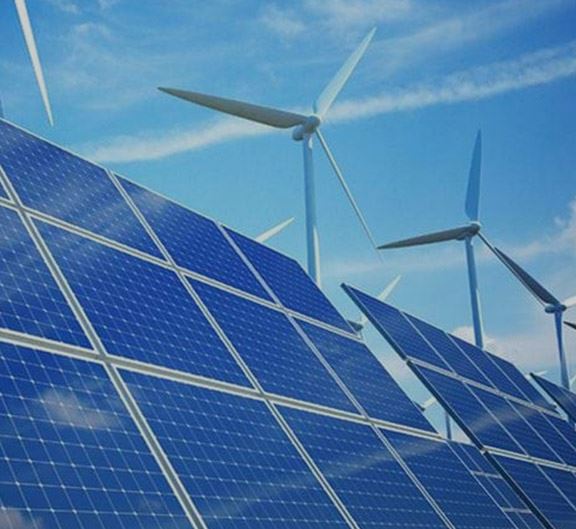
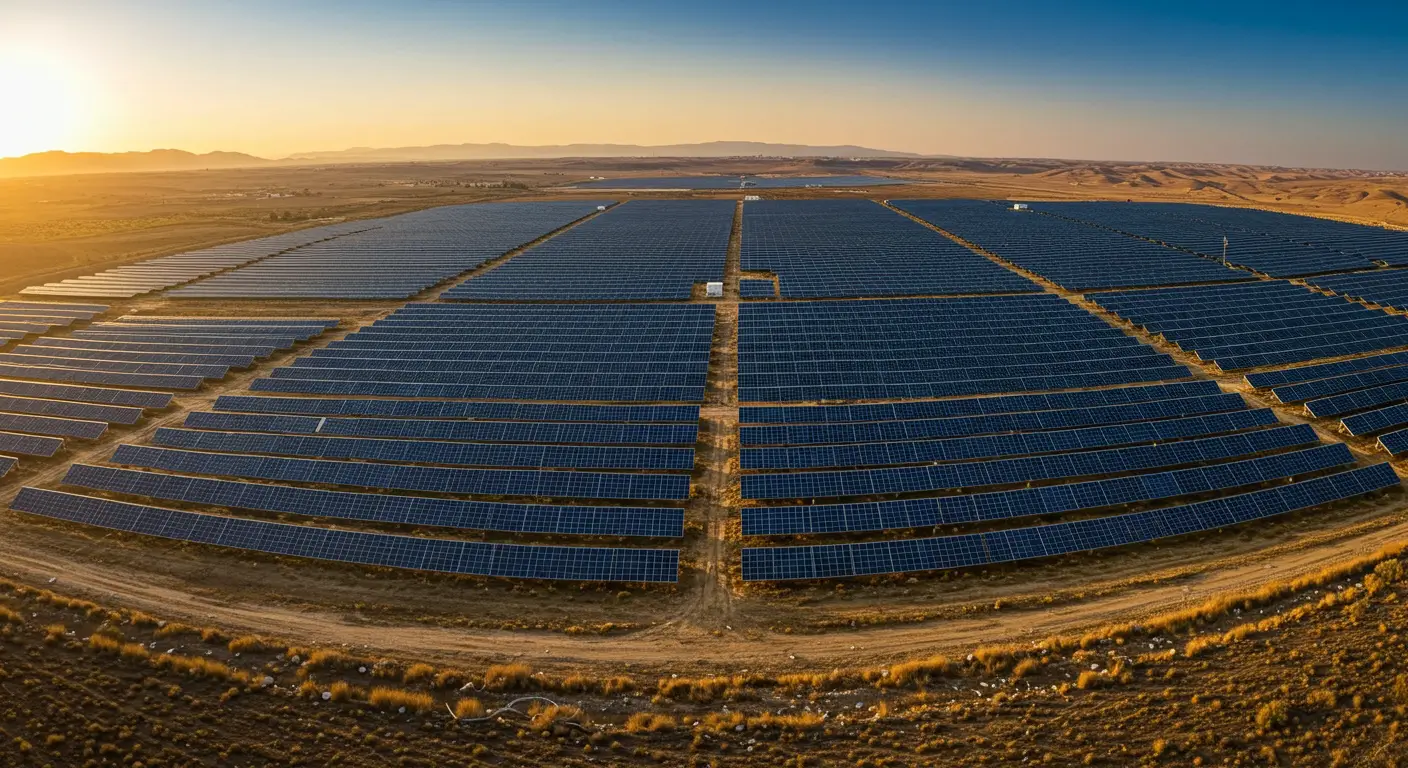
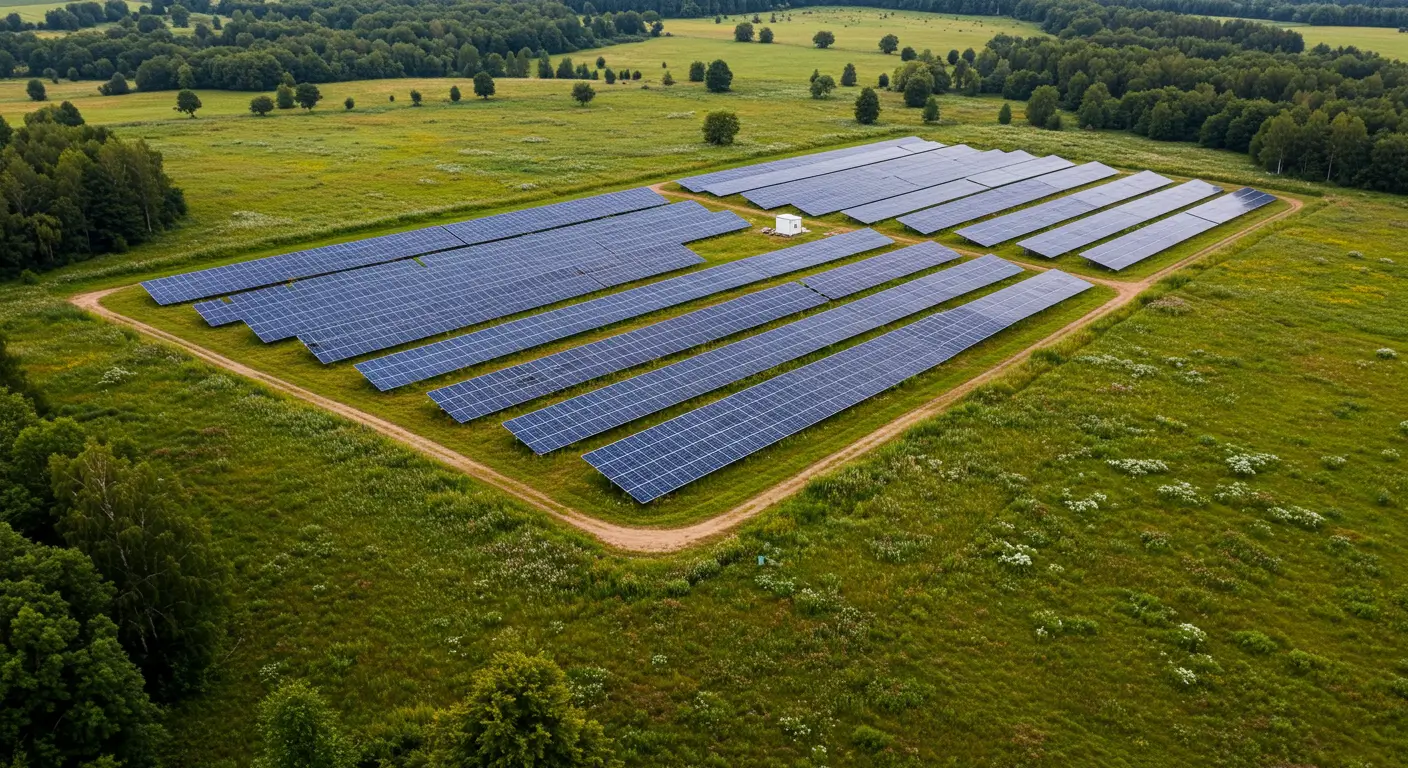
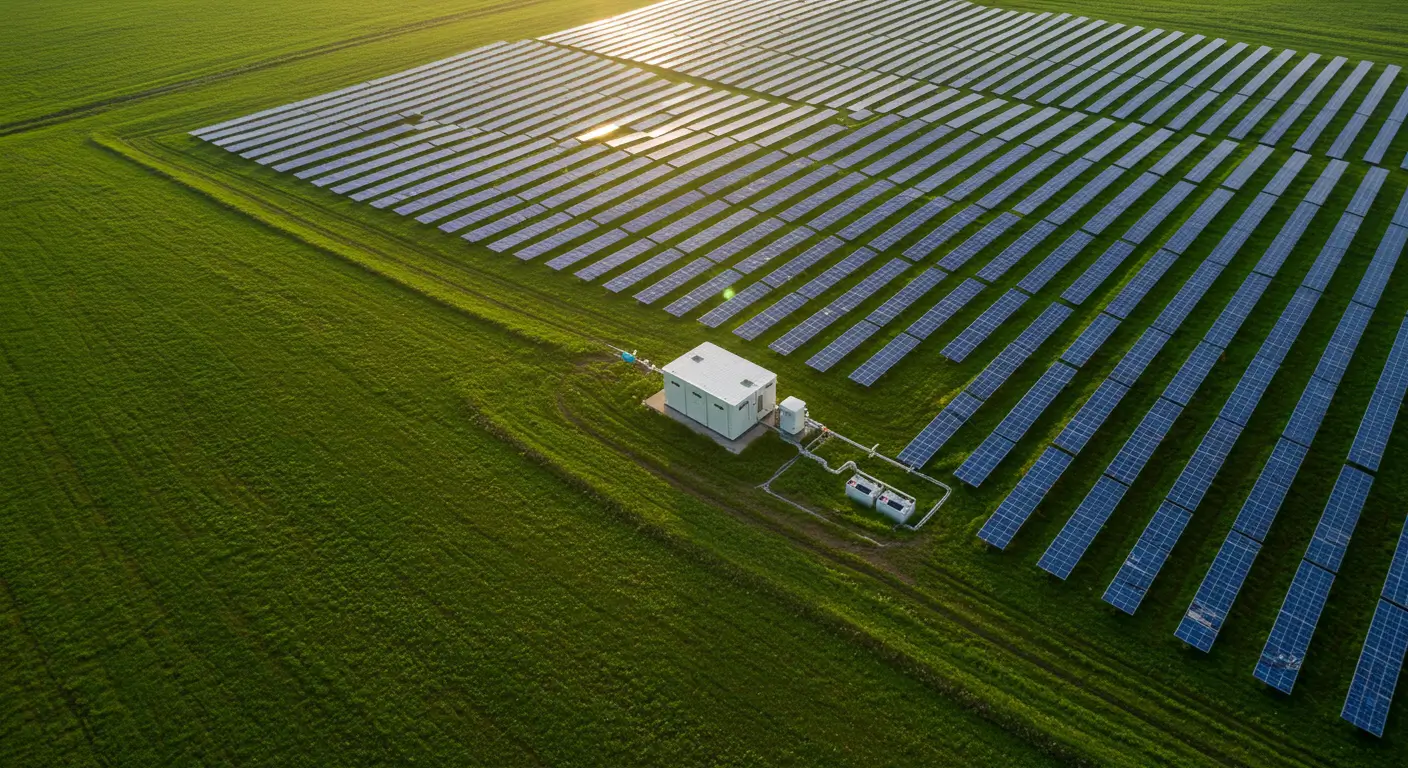

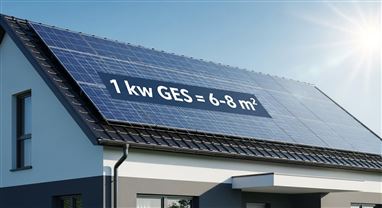
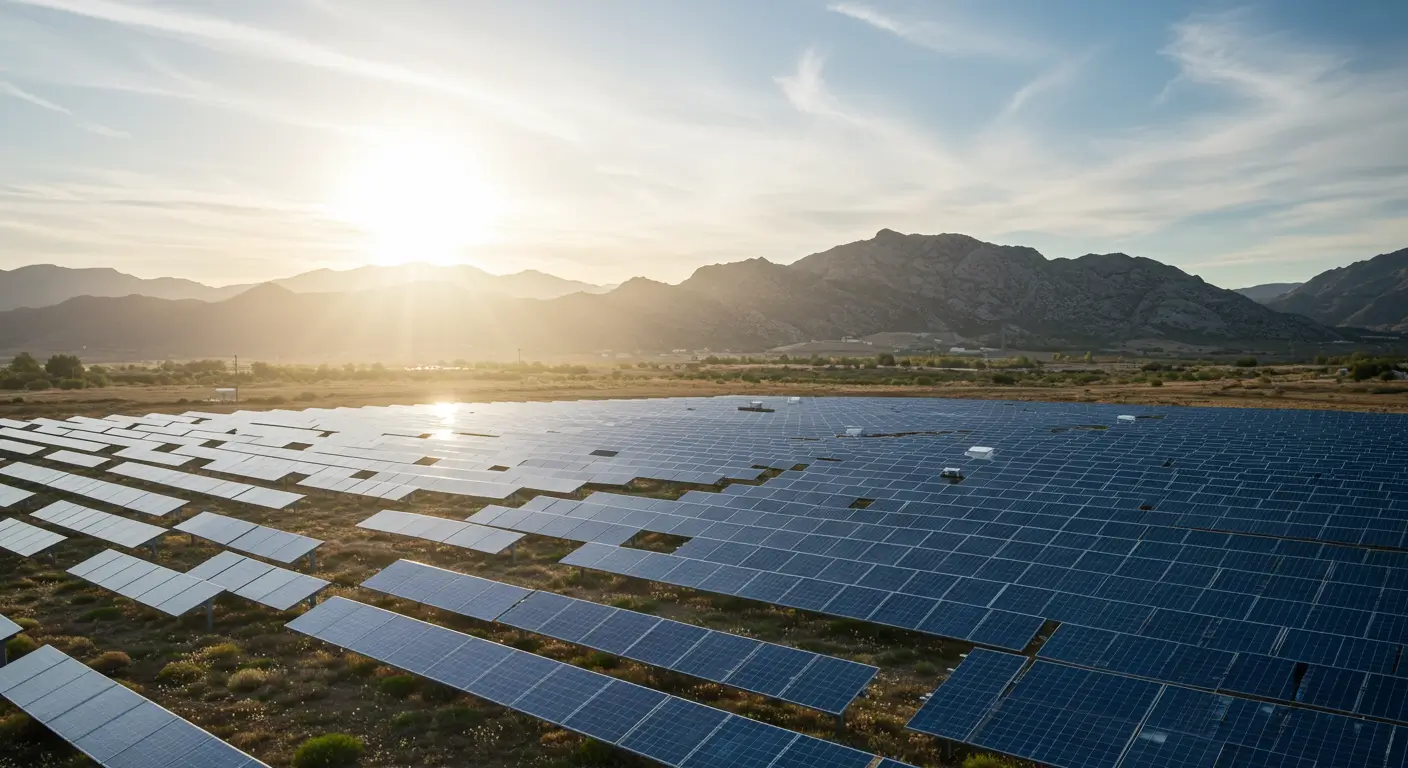
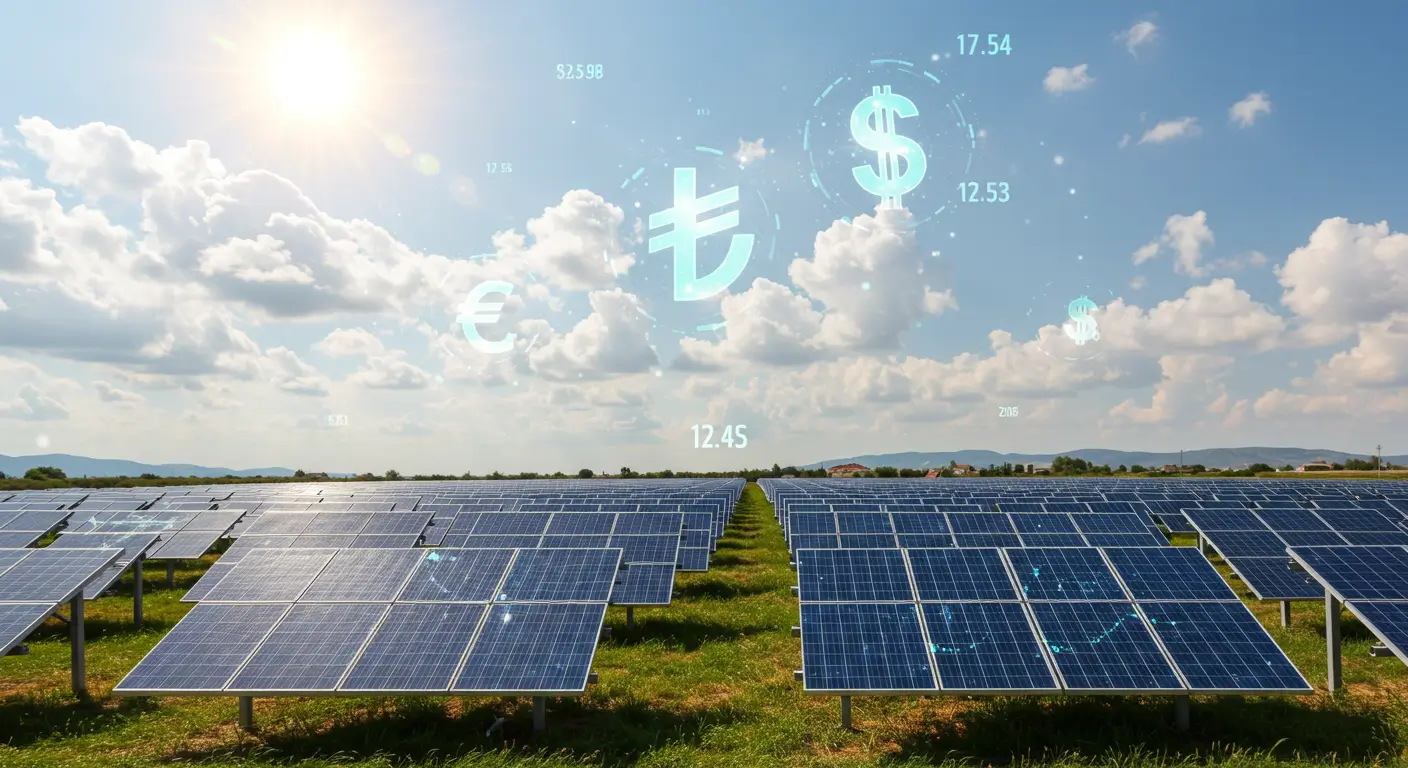
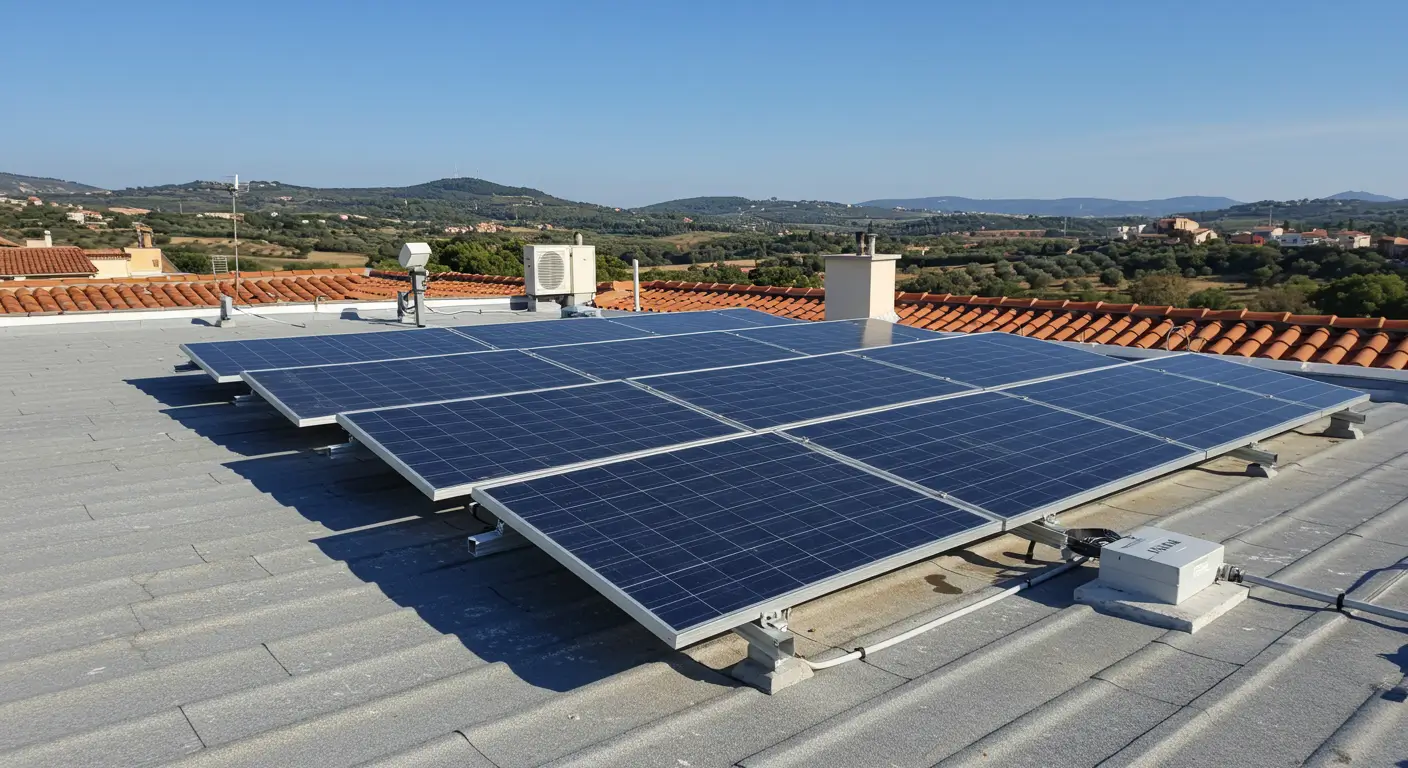
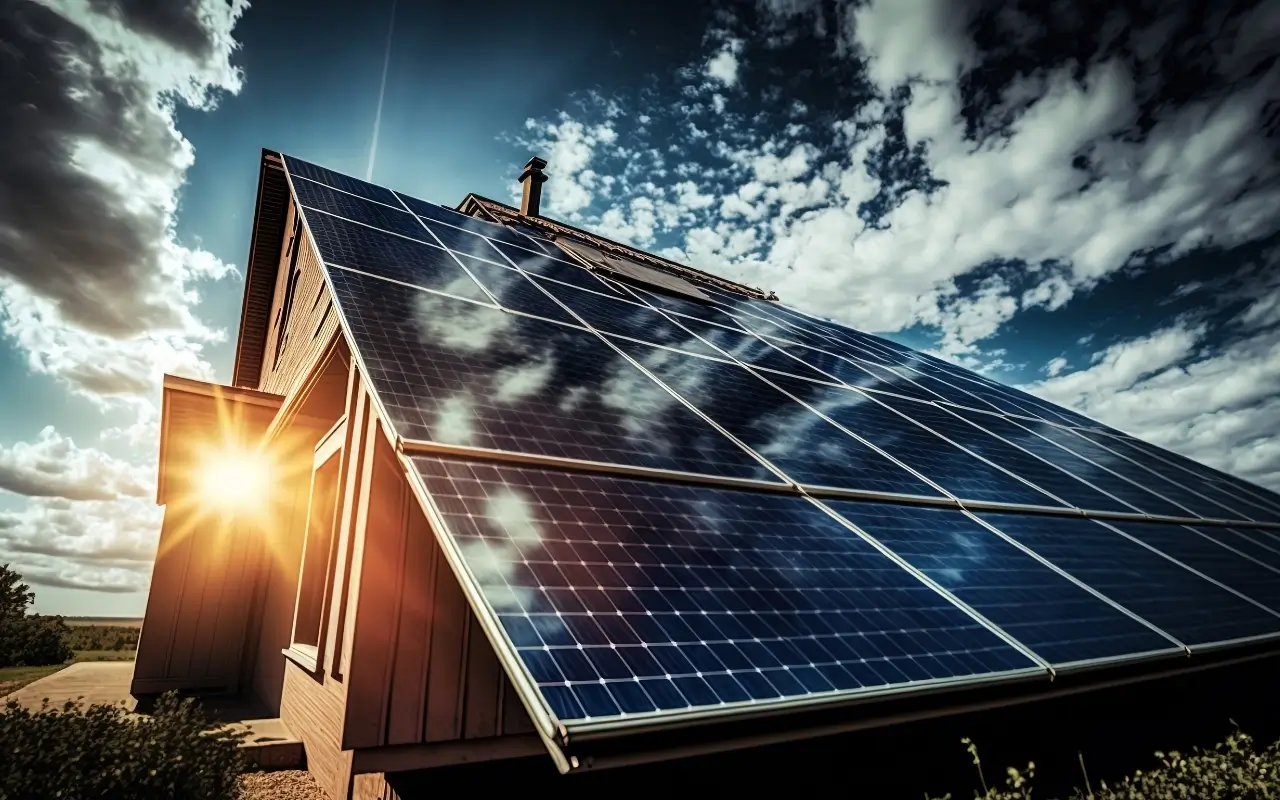
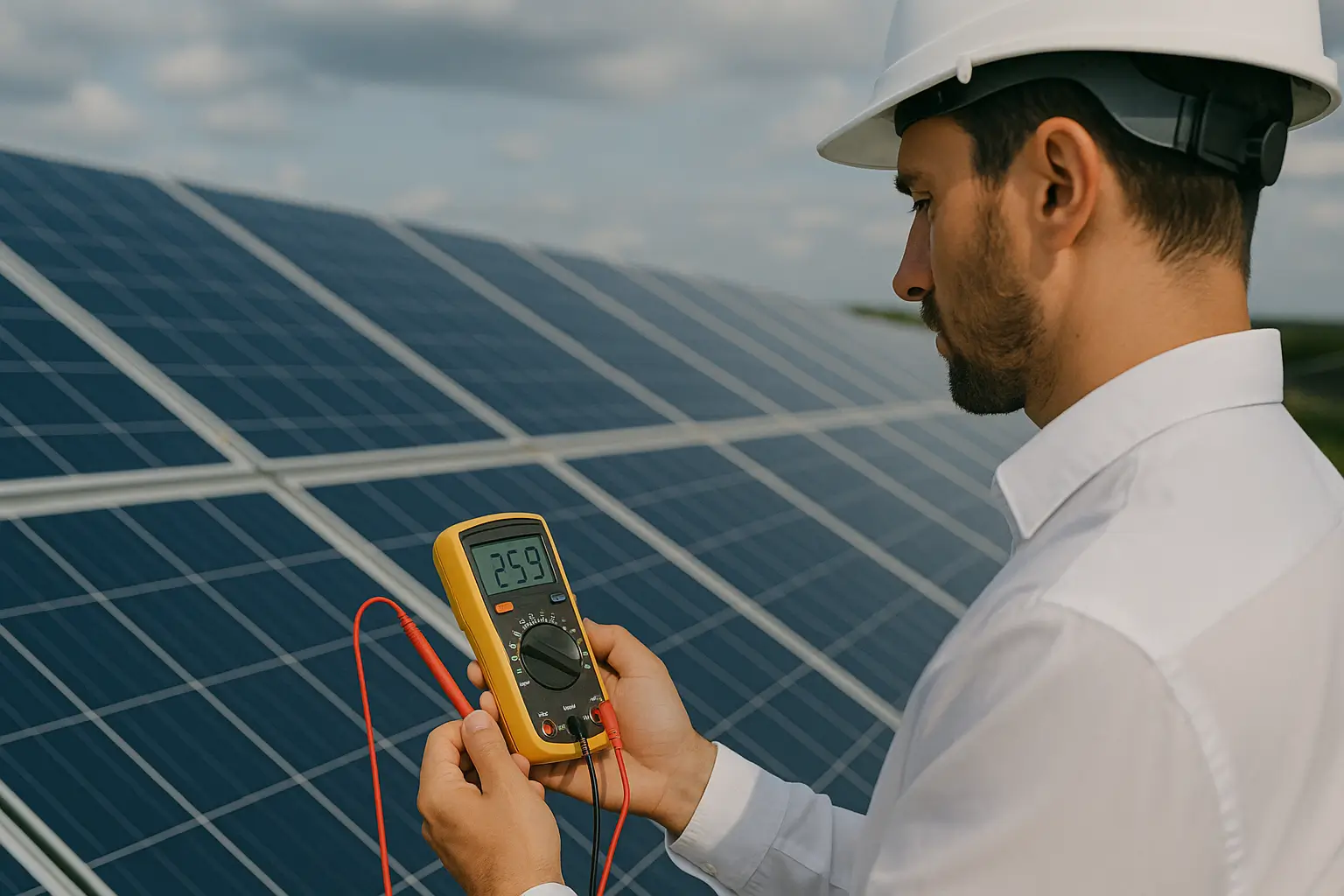
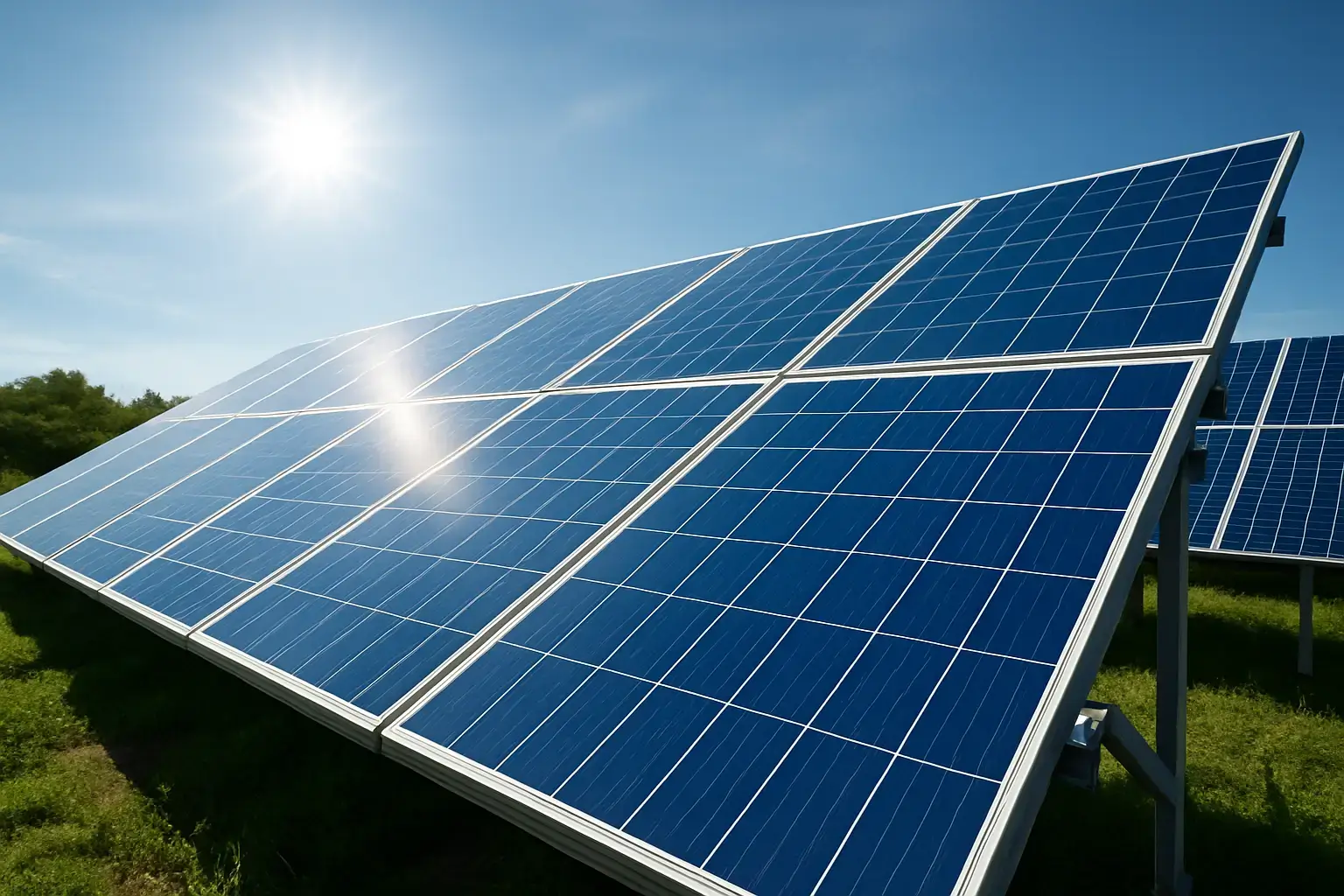
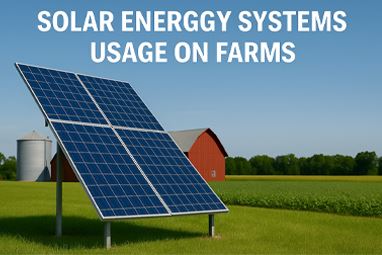
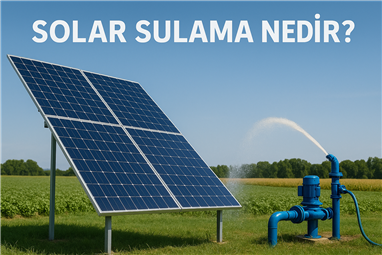
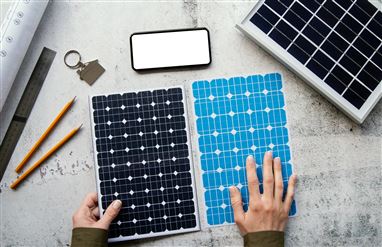


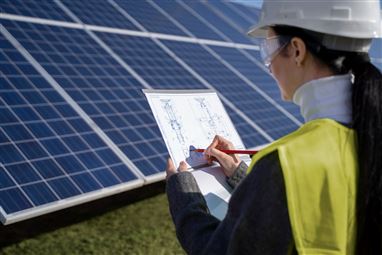

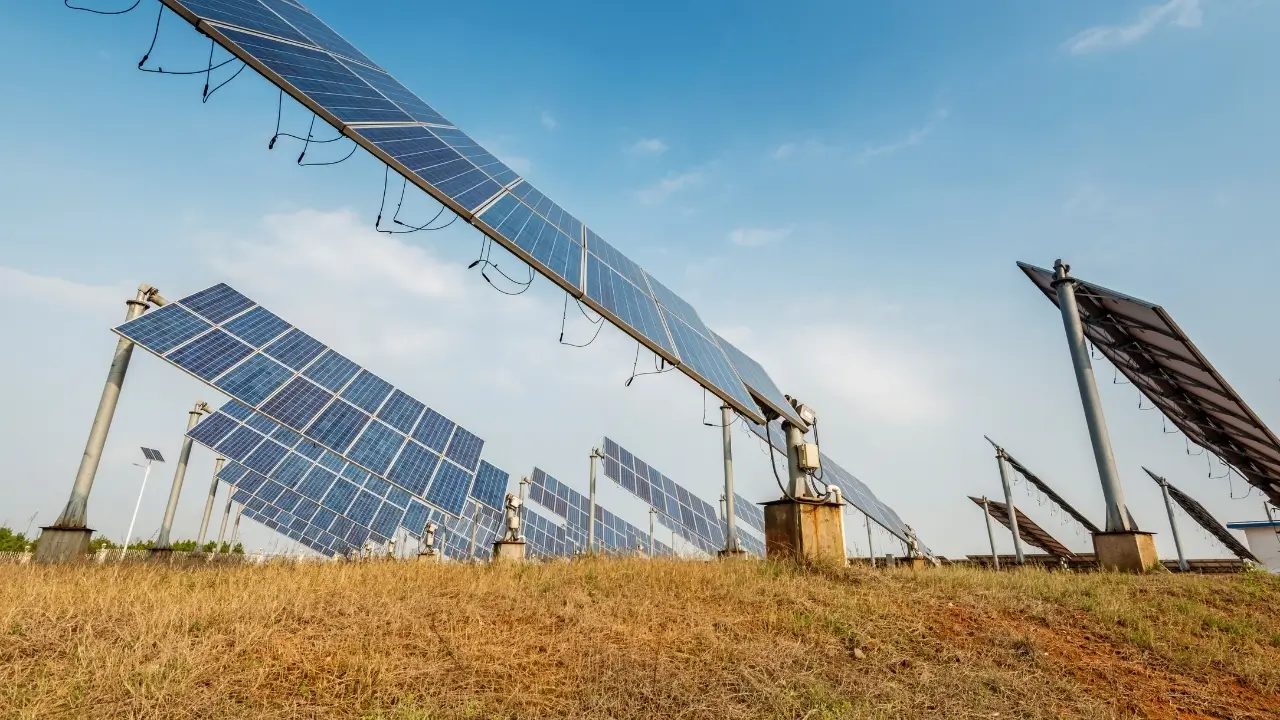
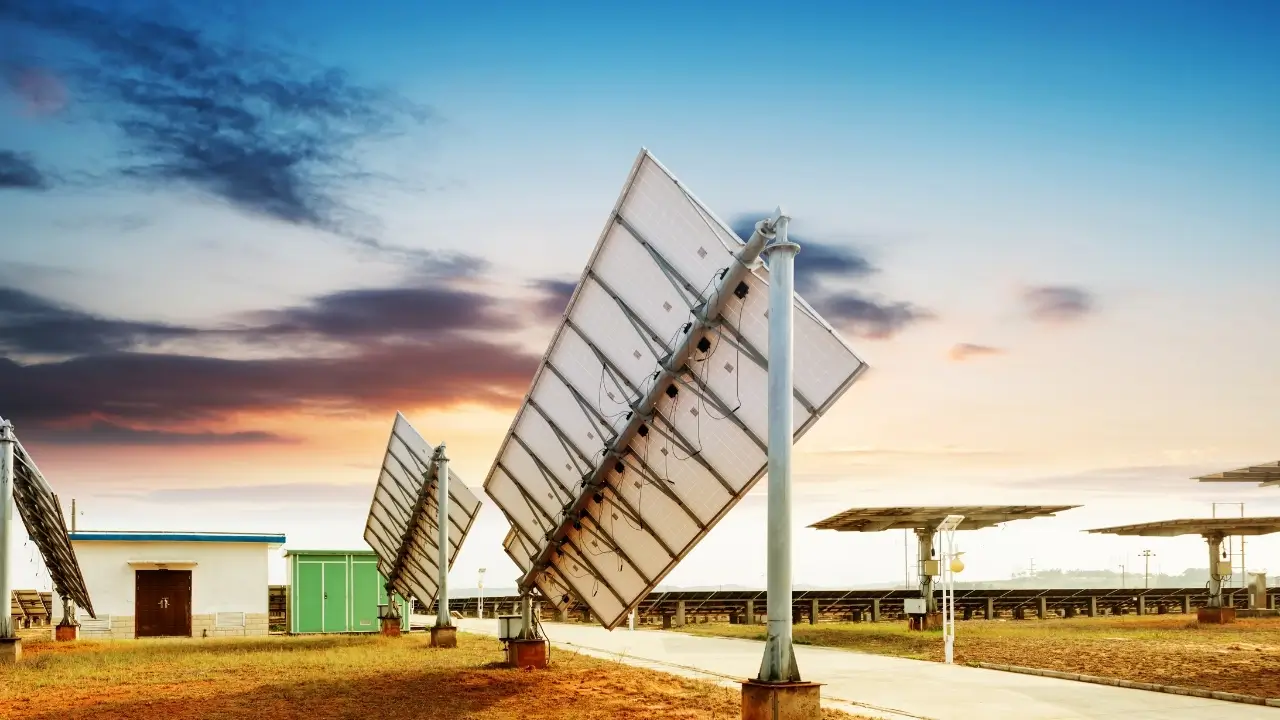
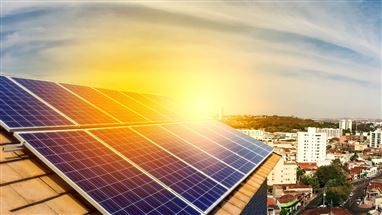
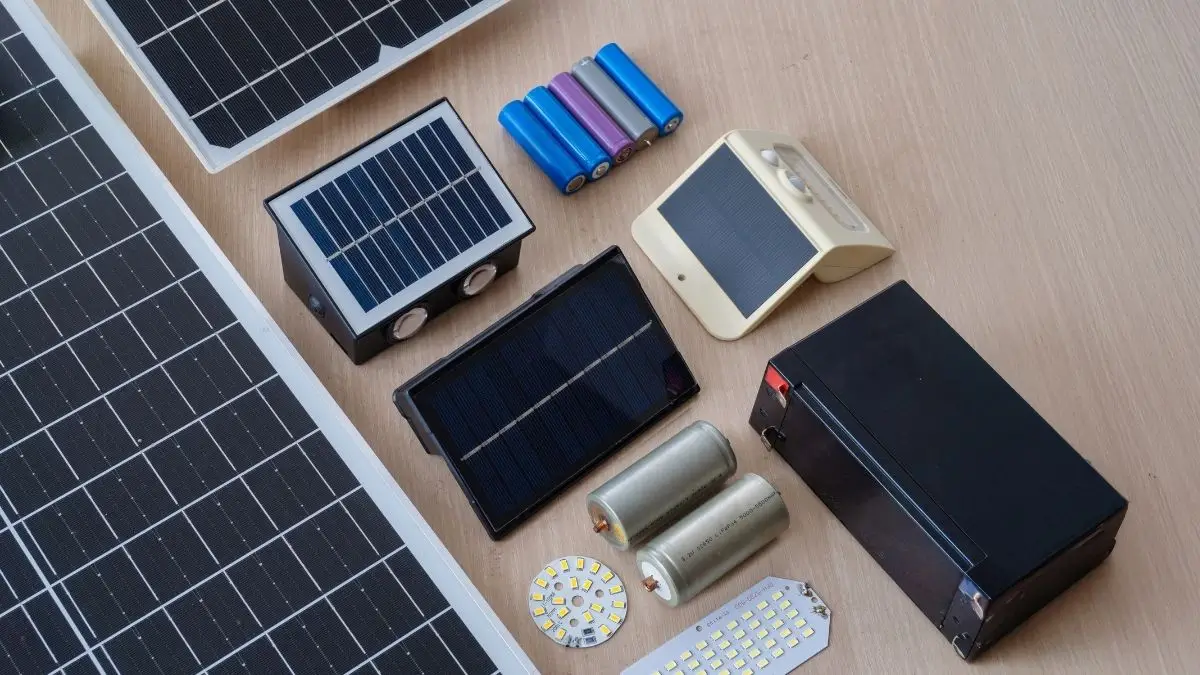
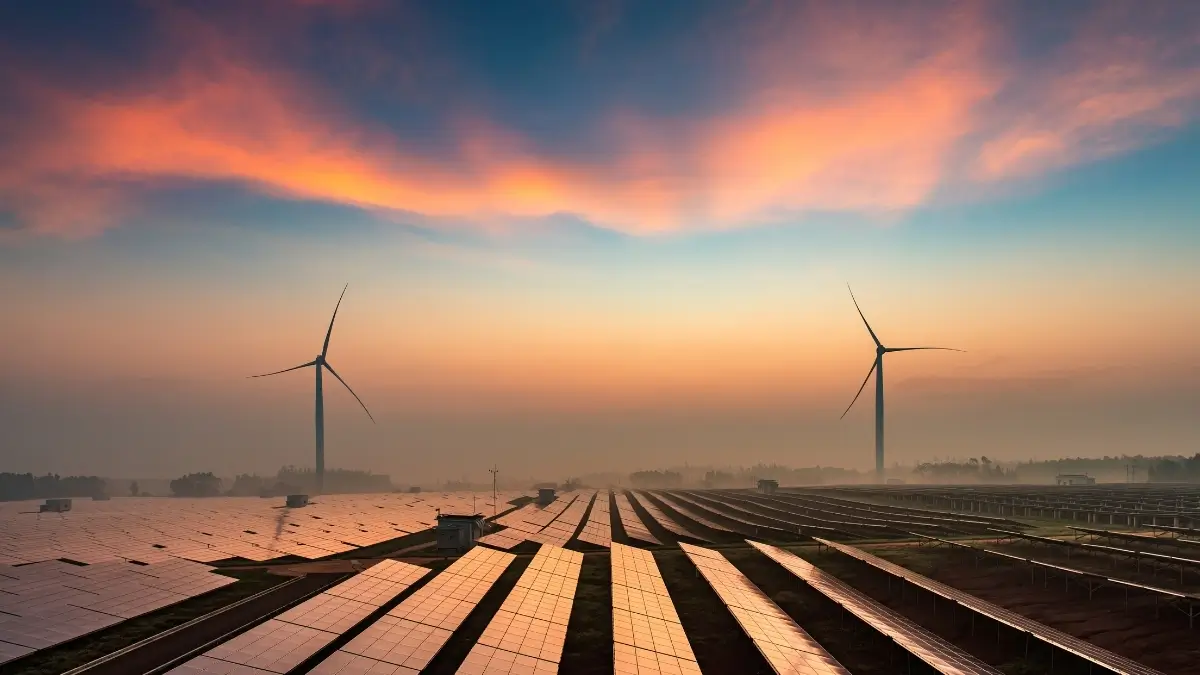
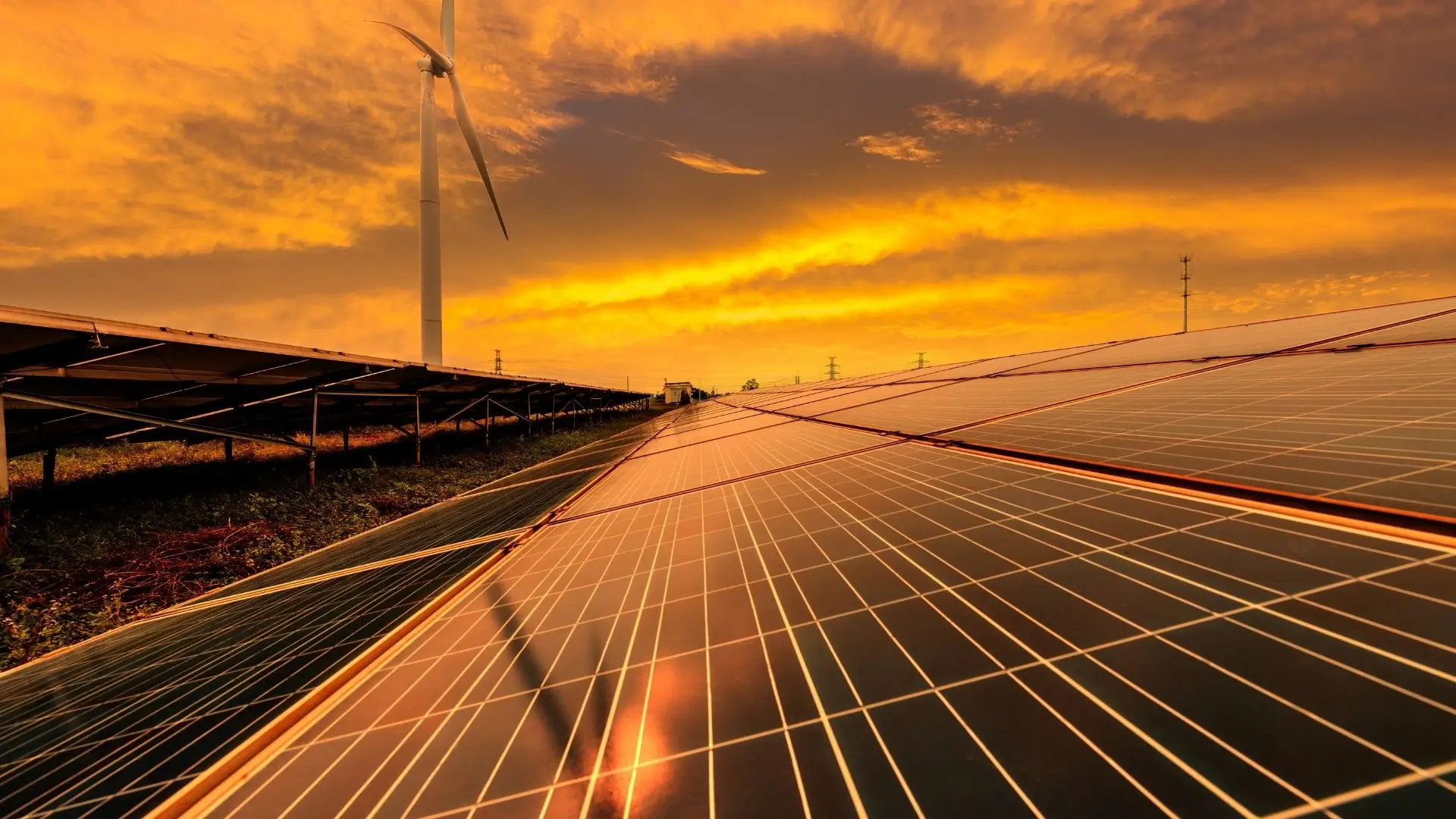
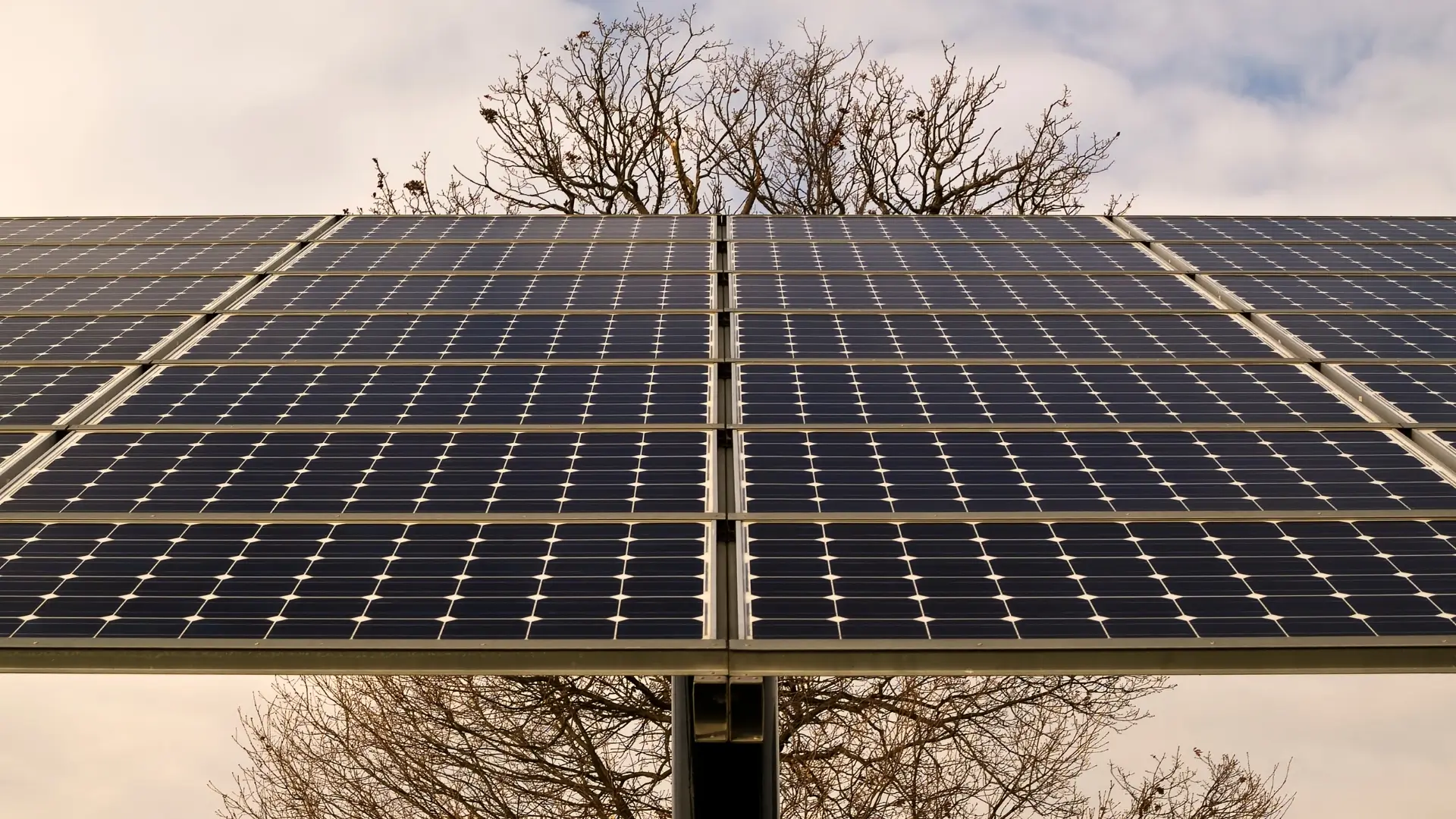
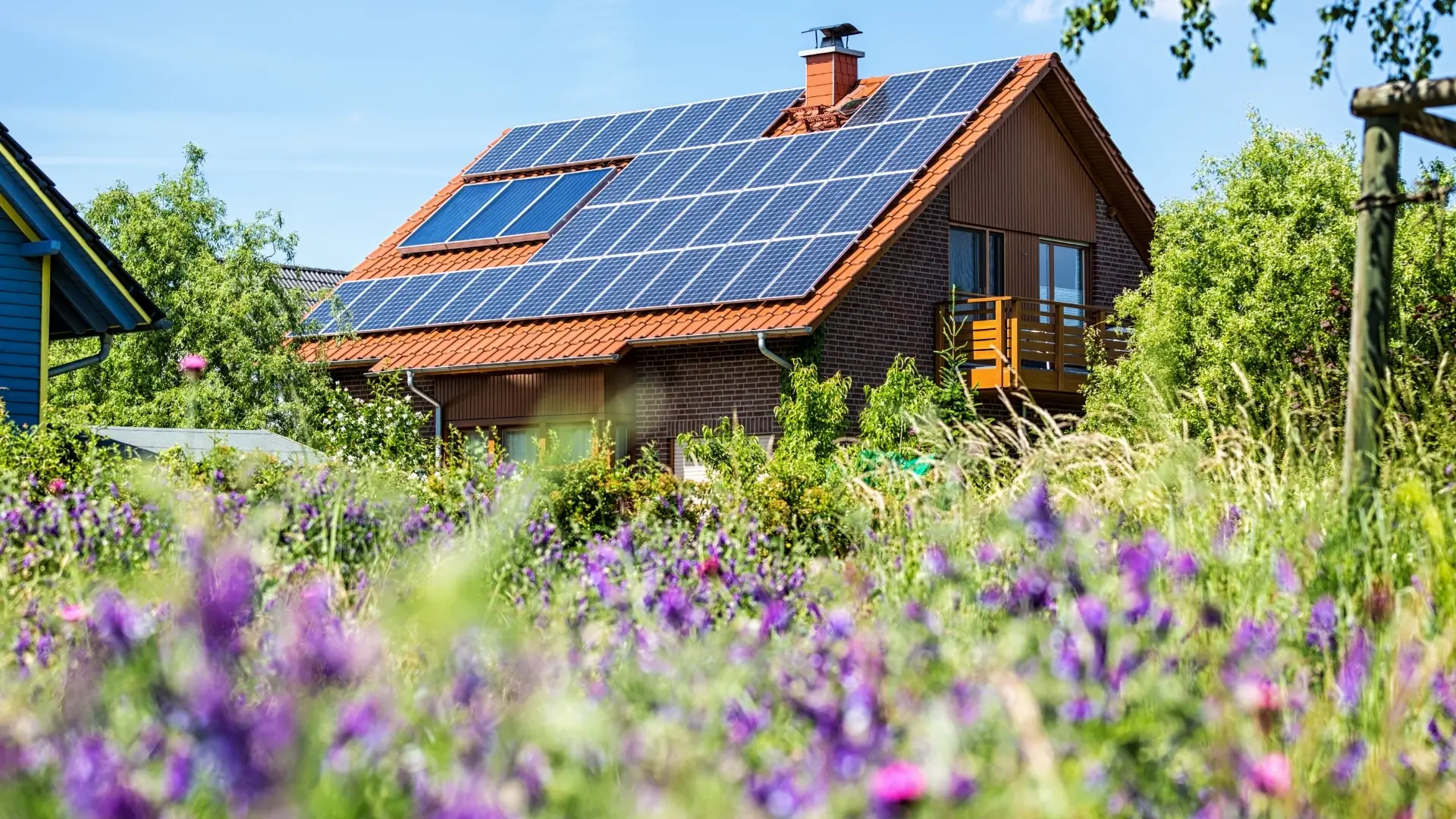
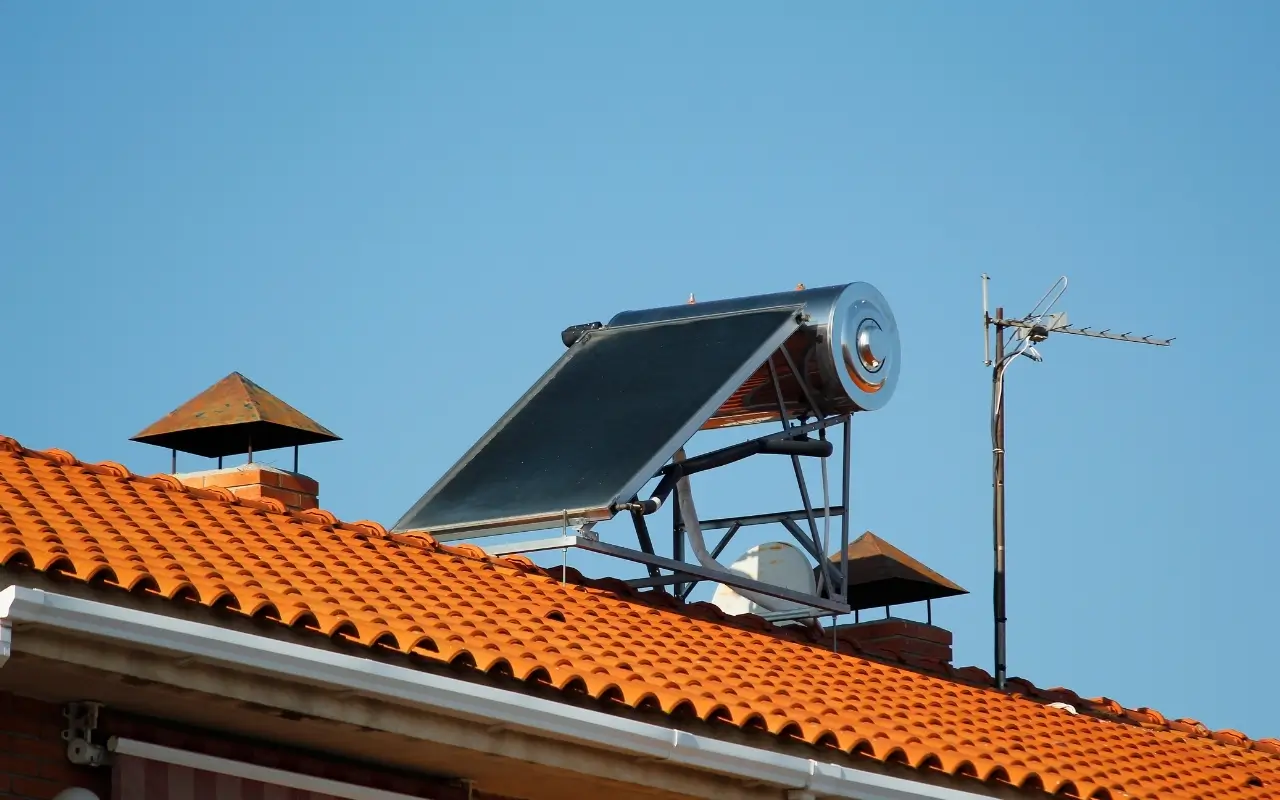
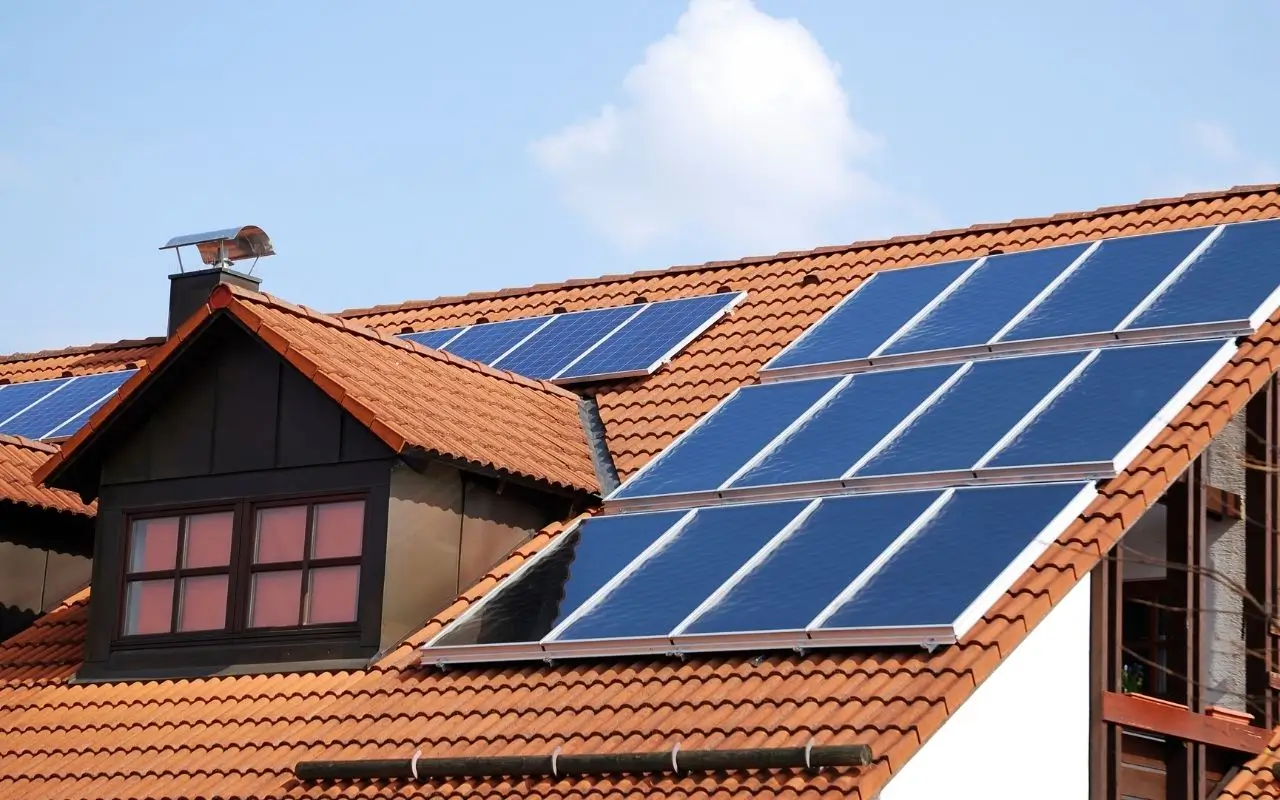
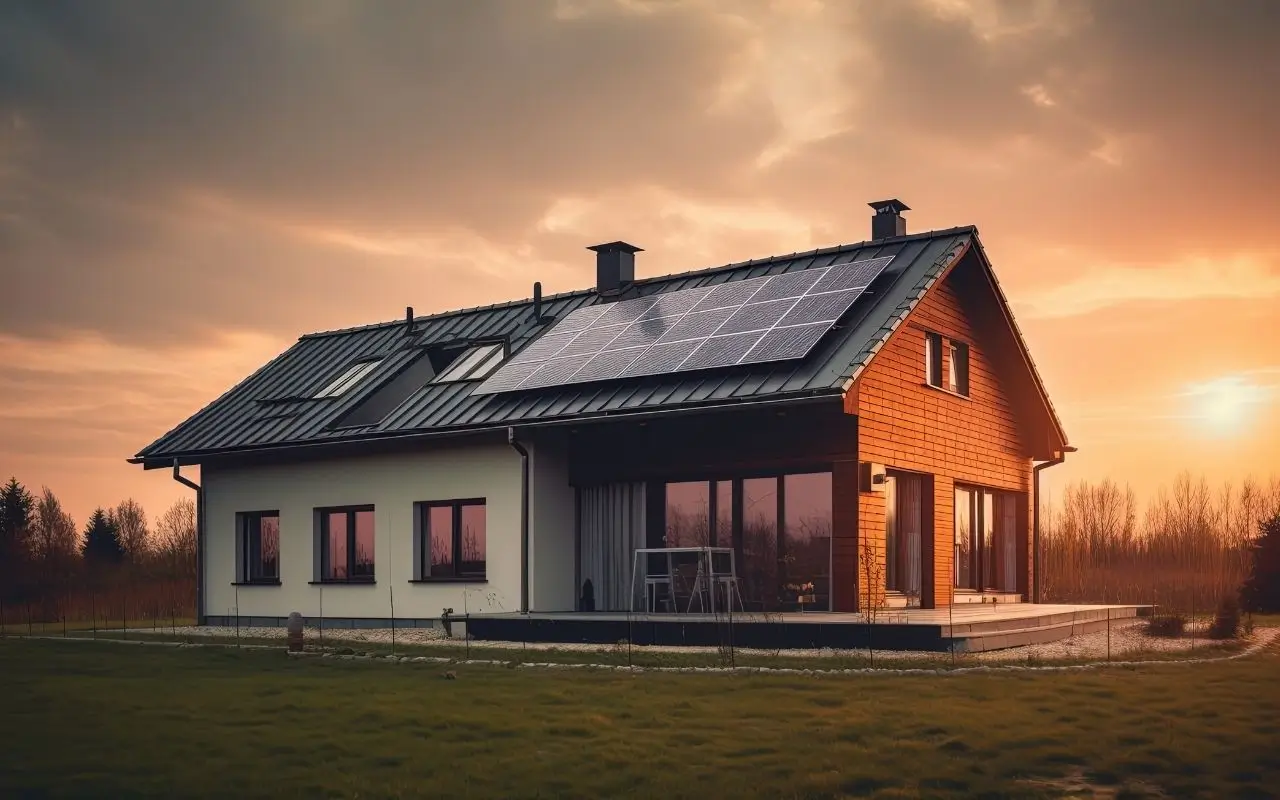
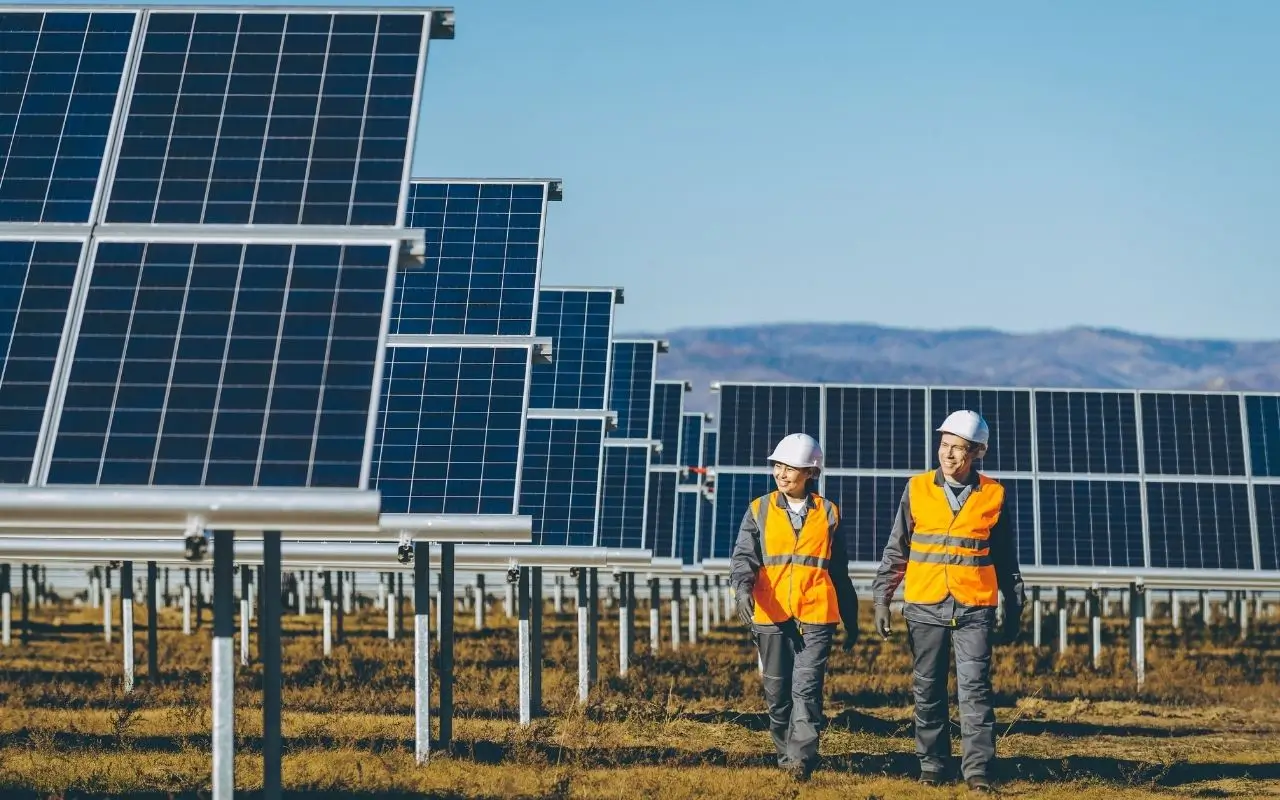
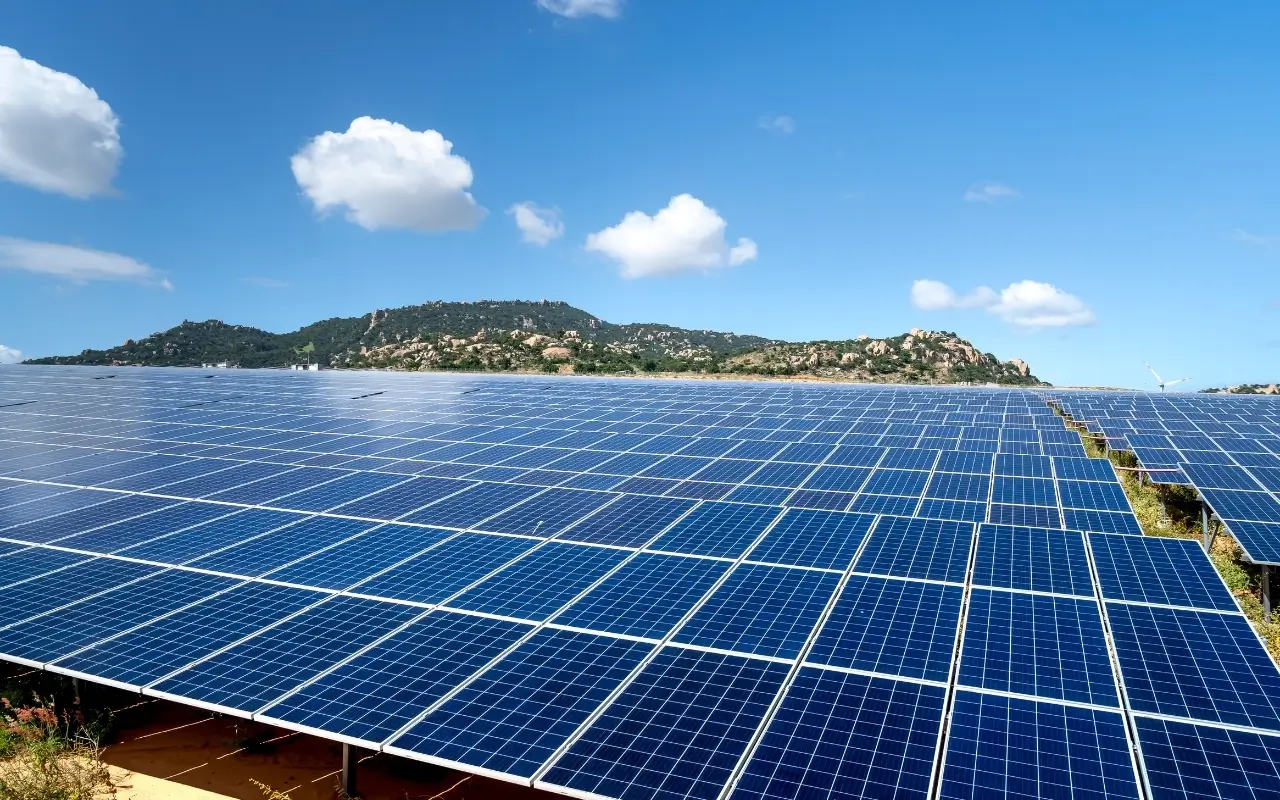
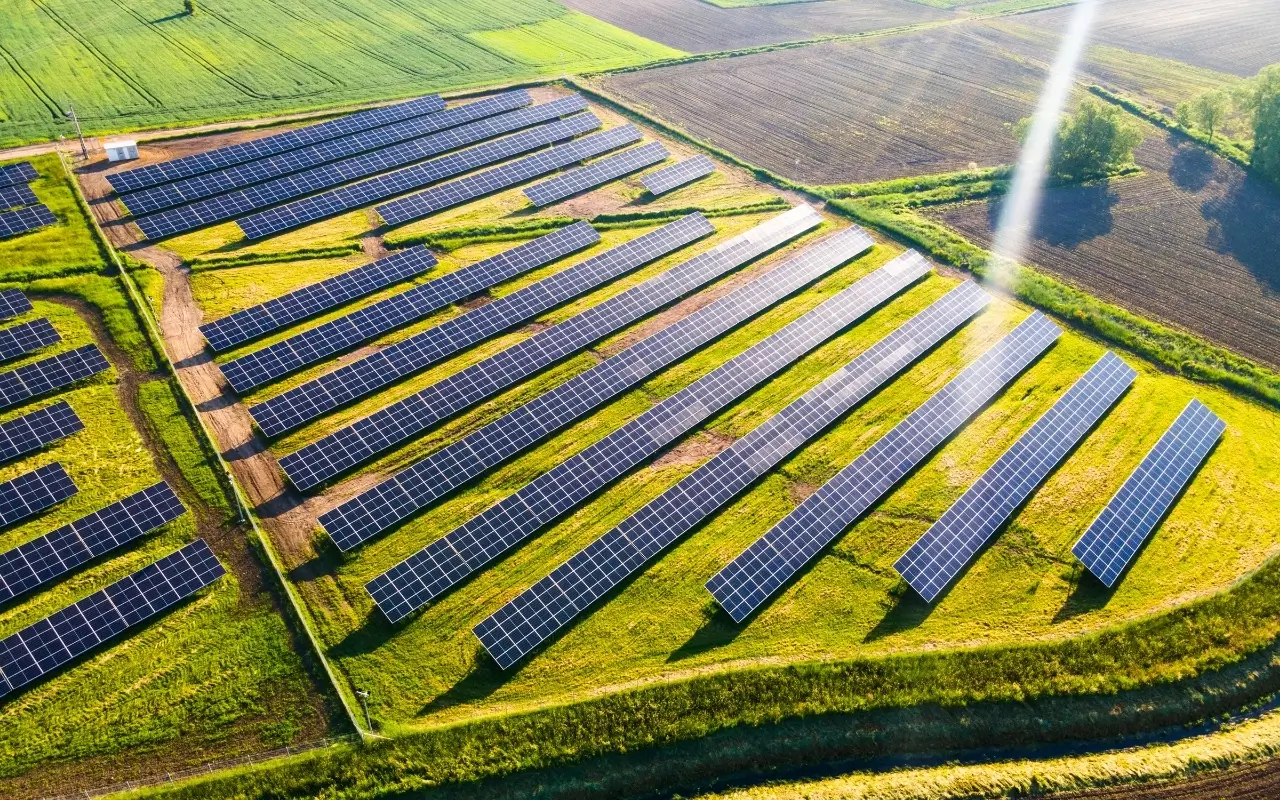
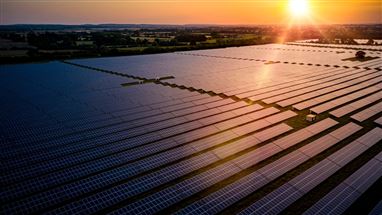
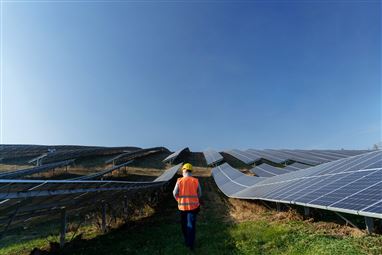
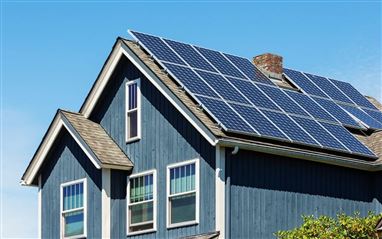
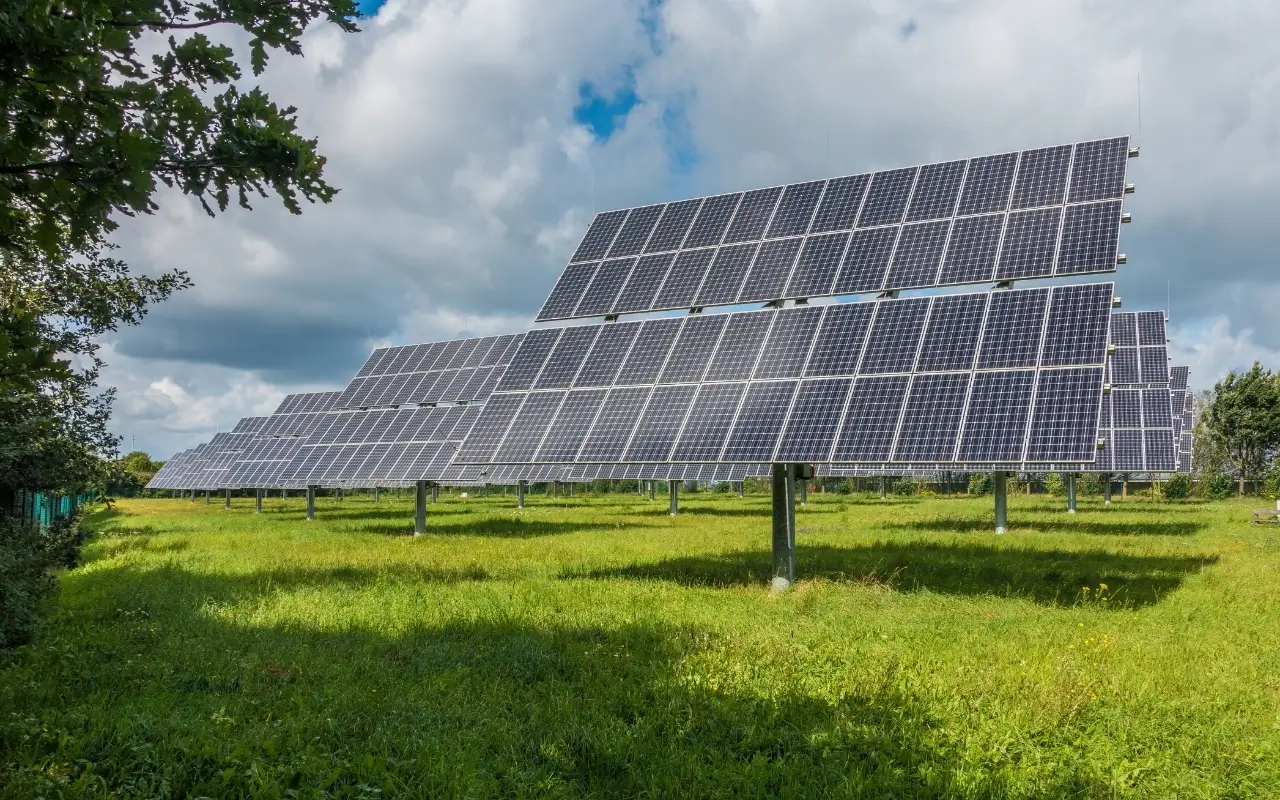
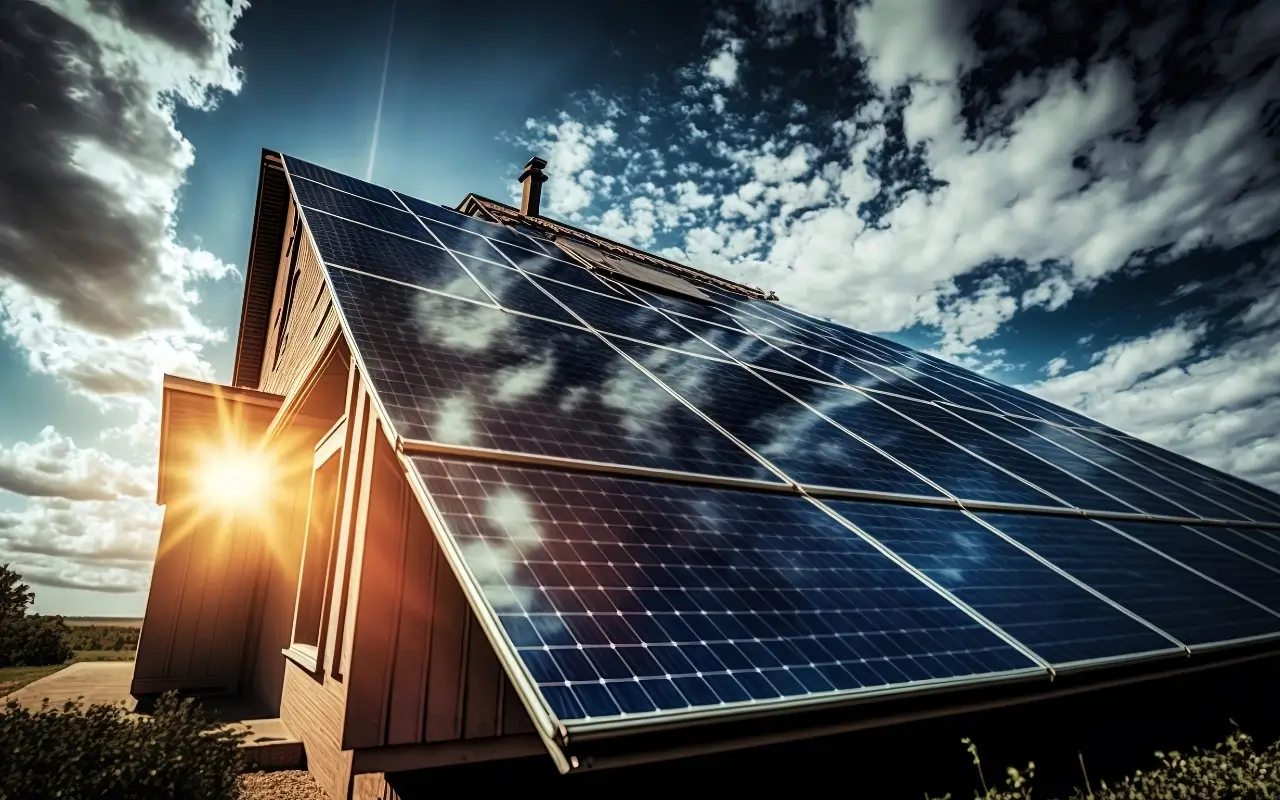
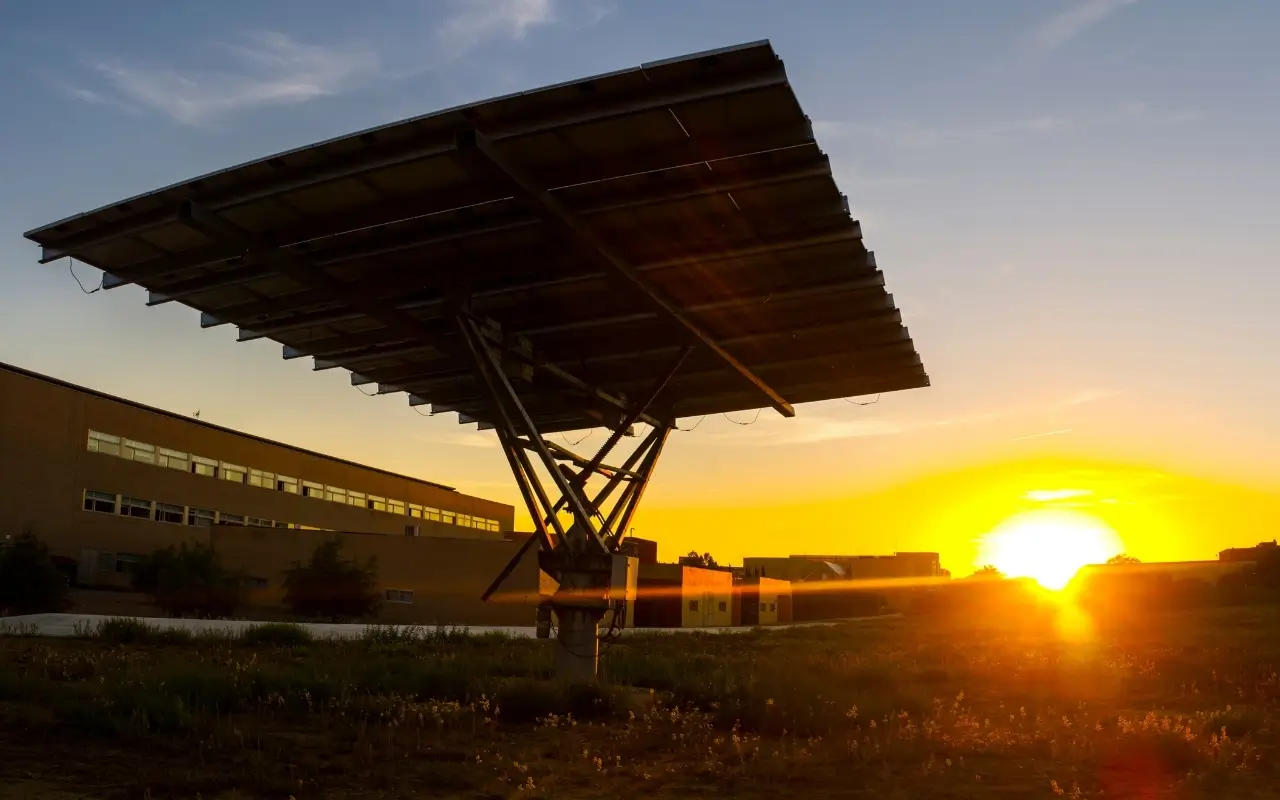
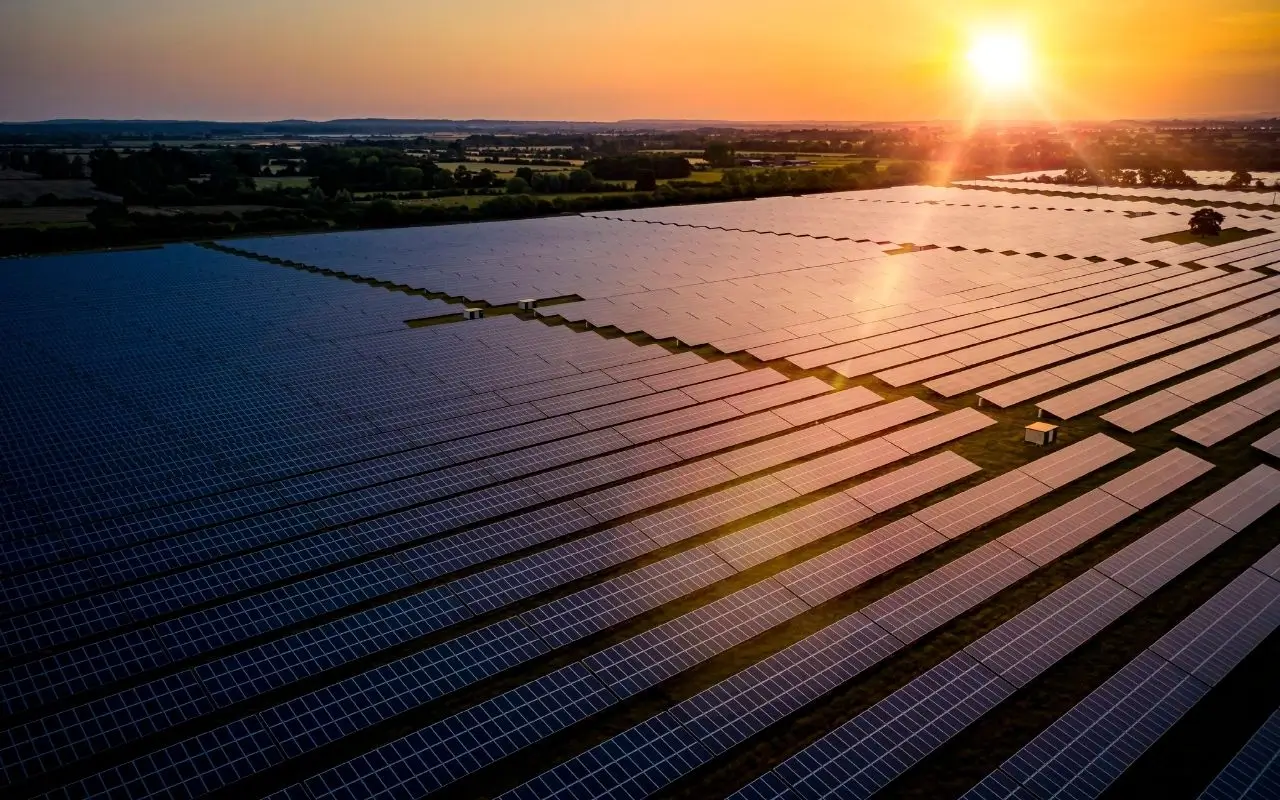
Do Comment